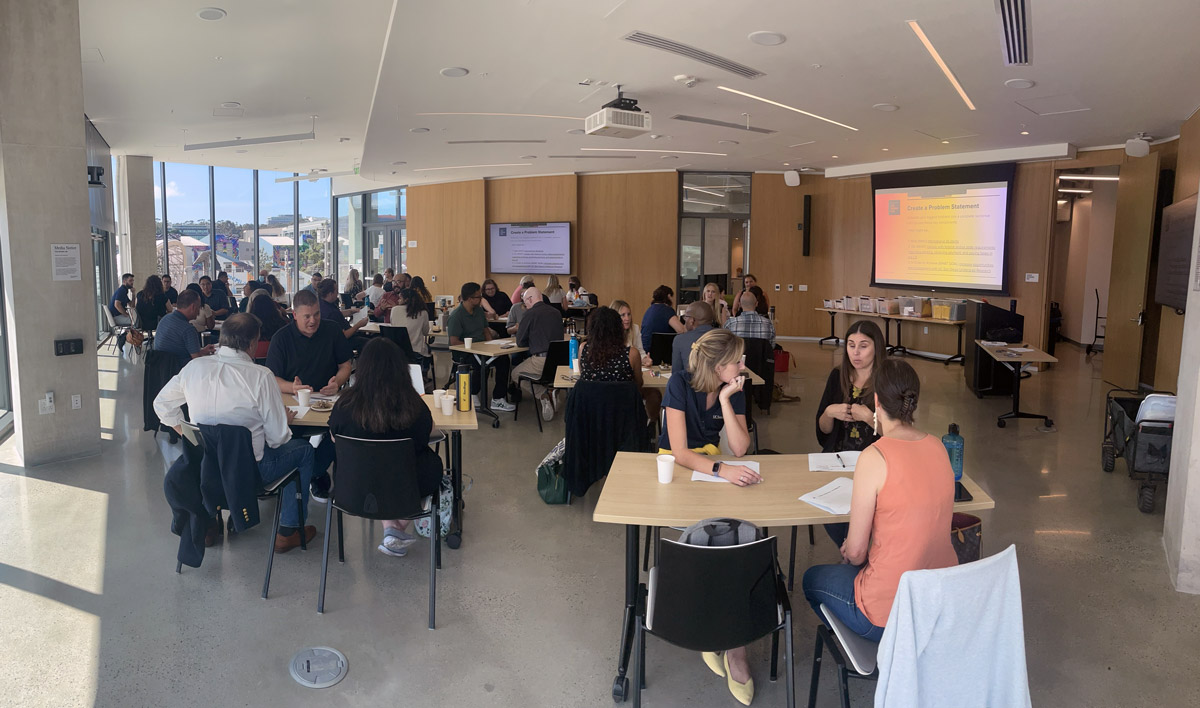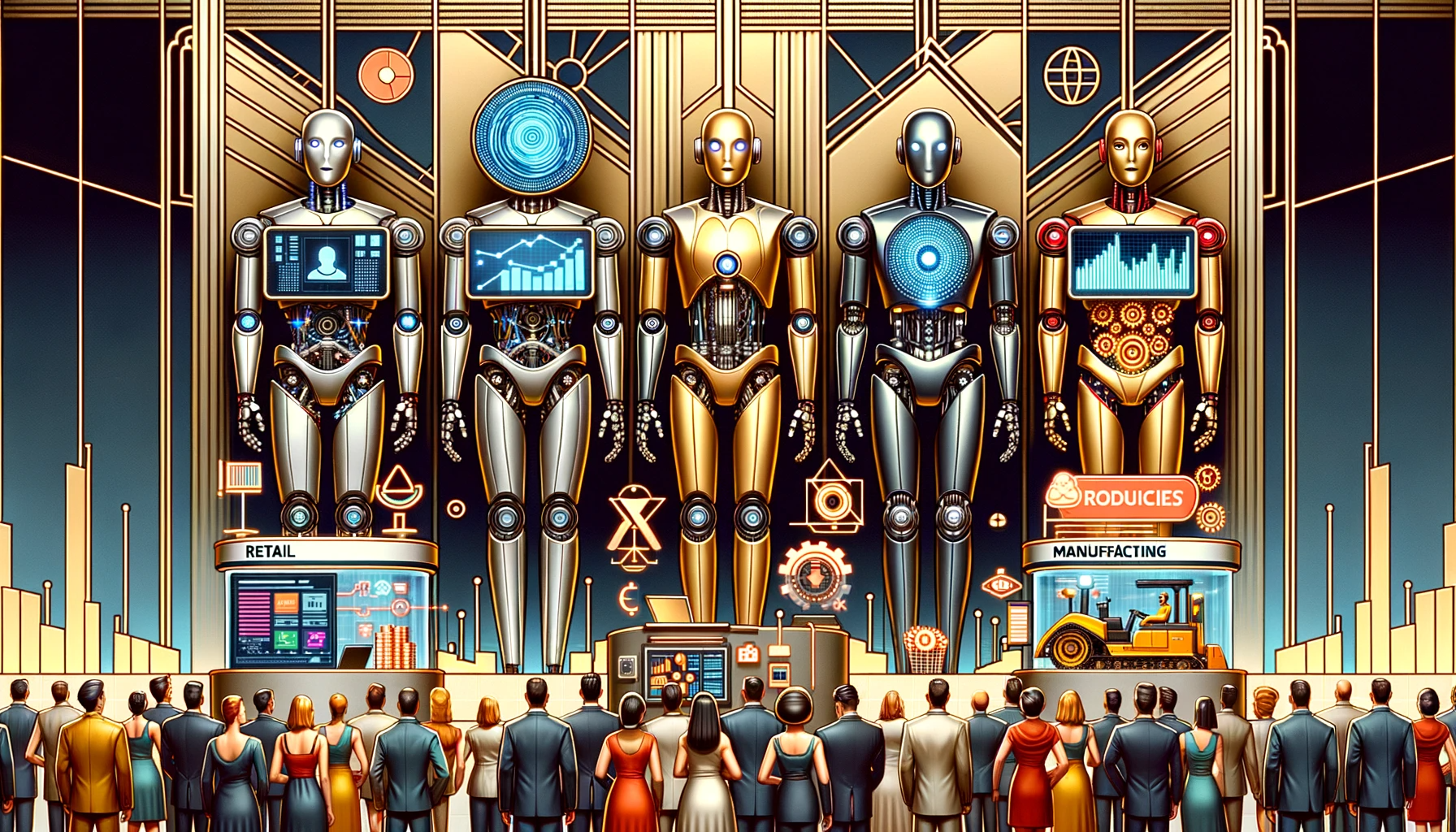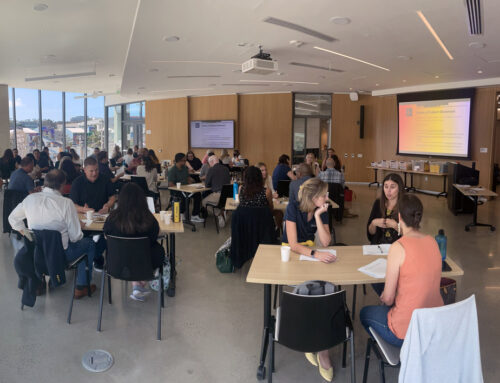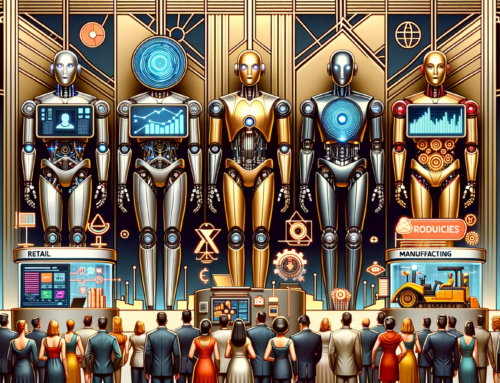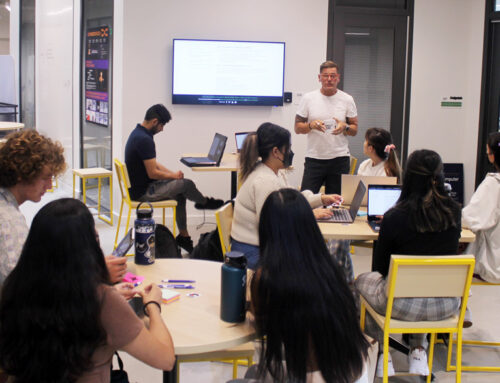Prototype: Representing Your Idea
The Idea Guy • January 19, 2019
About Prototype
As designers, prototypes allow us to quickly and inexpensively explore multiple iterations of our ideas, test their performance, and improve their designs. Prototypes breathe life into any design and provide a great deal of insight into the user interaction at various levels. Not only do prototypes allow us to test the feasibility and usability of our designs before we actually begin releasing them into the world, they also lead to unexpected discoveries and innovations that may take our project beyond its initial scope. In this following training module, we will explore a couple of ways to turn our ideas into a real-life prototype. However, keep in mind that there are many different methods of prototyping.
Definition: Turning an Idea into a physical, tangible object that can be tested and iterated.
Definition: Turning an Idea into a physical, tangible object that can be tested and iterated.
Meaning of Color
The Prototype stage is arguably the most active and intense stage during the entire design process. It requires the designer to turn an idea into a reality by using a large amount of divergent thinking and creativity. Therefore, we believe that this stage is best represented by the color red. As the warmest color in the color wheel, red exerts energy and promotes action. Thus, this is well suited for the designers role during the prototype stage. In business, red is often used to prompt customers to buy items.
- “Red is a warm and positive color, a very physical color which draws attention to itself and calls for action to be taken.” Learn more here
- Red is assertive, daring, determined, energetic, powerful, enthusiastic, impulsive, exciting, and aggressive. Red represents physical energy, lust, passion, and desire. It symbolizes action, confidence, and courage.” Learn more here.
- “Recognized as a stimulant, red is inherently exciting and the amount of red is directly related to the level of energy perceived.” Learn more here.
Video: About Prototype
Theory
What is Prototype
The Prototype mode is the iterative generation of artifacts intended to answer questions that get you closer to your final solution. In the early stages of a project that question may be broad – such as “do my users enjoy cooking in a competitive manner?” In these early stages, you should create low-resolution prototypes that are quick and cheap to make (think minutes and cents) but can elicit useful feedback from users and colleagues. In later stages both your prototype and question may get a little more refined. For example, you may create a later stage prototype for the cooking project that aims to find out: “do my users enjoy cooking with voice commands or visual commands”. A prototype can be anything that a user can interact with – be it a wall of post-it notes, a gadget you put together, a role-playing activity, or even a storyboard. Ideally you bias toward something a user can experience. Walking someone through a scenario with a storyboard is good, but having them role-play through a physical environment that you have created will likely bring out more emotions and responses from that person.
Why Prototype
To ideate and problem-solve. Build to think. To communicate. If a picture is worth a thousand words, a prototype is worth a thousand pictures. To start a conversation. Your interactions with users are often richer when centered around a conversation piece. A prototype is an opportunity to have another, directed conversation with a user. To fail quickly and cheaply. Committing as few resources as possible to each idea means less time and money invested up front. To test possibilities. Staying low-res allows you to pursue many different ideas without committing to a direction too early on. To manage the solution-building process. Identifying a variable also encourages you to break a large problem down into smaller, testable chunks.
How to Prototype
Start building. Even if you aren’t sure what you’re doing, the act of picking up some materials (post-its, tape, and found objects are a good way to start!) will be enough to get you going. Don’t spend too long on one prototype. Let go before you find yourself getting too emotionally attached to any one prototype. ID a variable. Identify what’s being tested with each prototype. A prototype should answer a particular question when tested. That said, don’t be blind to the other tangential understanding you can gain as someone responds to a prototype. Build with the user in mind. What do you hope to test with the user? What sorts of behavior do you expect? Answering these questions will help.
An Example of Prototyping
Tools
There are many different tools used for prototyping. Some are more easily accessible than others, some require more time and money, some can even be used from garbage! The following section will outline a couple of tools that we use at the Idea Lab to generate quick prototypes.
Rapid Prototyping | The most commonly used method of prototyping at the Idea Lab is rapid prototyping. The key to successful rapid prototyping is revising quickly based on feedback. Rapid prototyping helps us experiment with multiple approaches and ideas, it facilitates discussion through visuals instead of words, it ensures that everyone shares a common understanding. We use tools such as Lego, Play-Doh, Pipe Cleaners, and puppets to rapidly prototype and idea. The images below demonstrate some tools that students and staff working at the Idea Lab often use.
Arts & Crafts | Using equipment like paint, paper and hot glue guns can generate an easy and quick prototype. At the Idea Lab, we encourage our clients to experiment with a wide variety of materials in order to test multiple prototype ideas.
Pop App | Pop App is an app to make quick prototypes of mobile phone applications. Instead of spending a lot of time and money hiring a coder, anyone can use the Pop App website to quickly prototype and test their app ideas! By using this website, we can begin to understand the UX of the app we are creating and can therefore test it with users.
